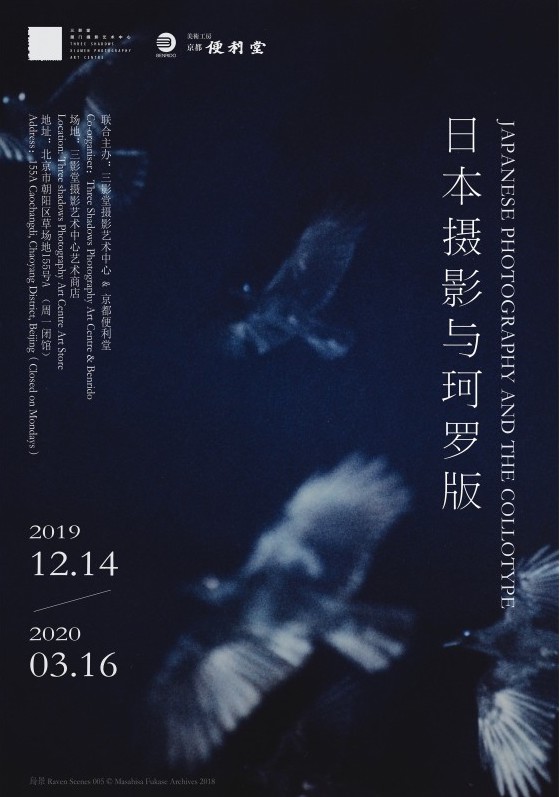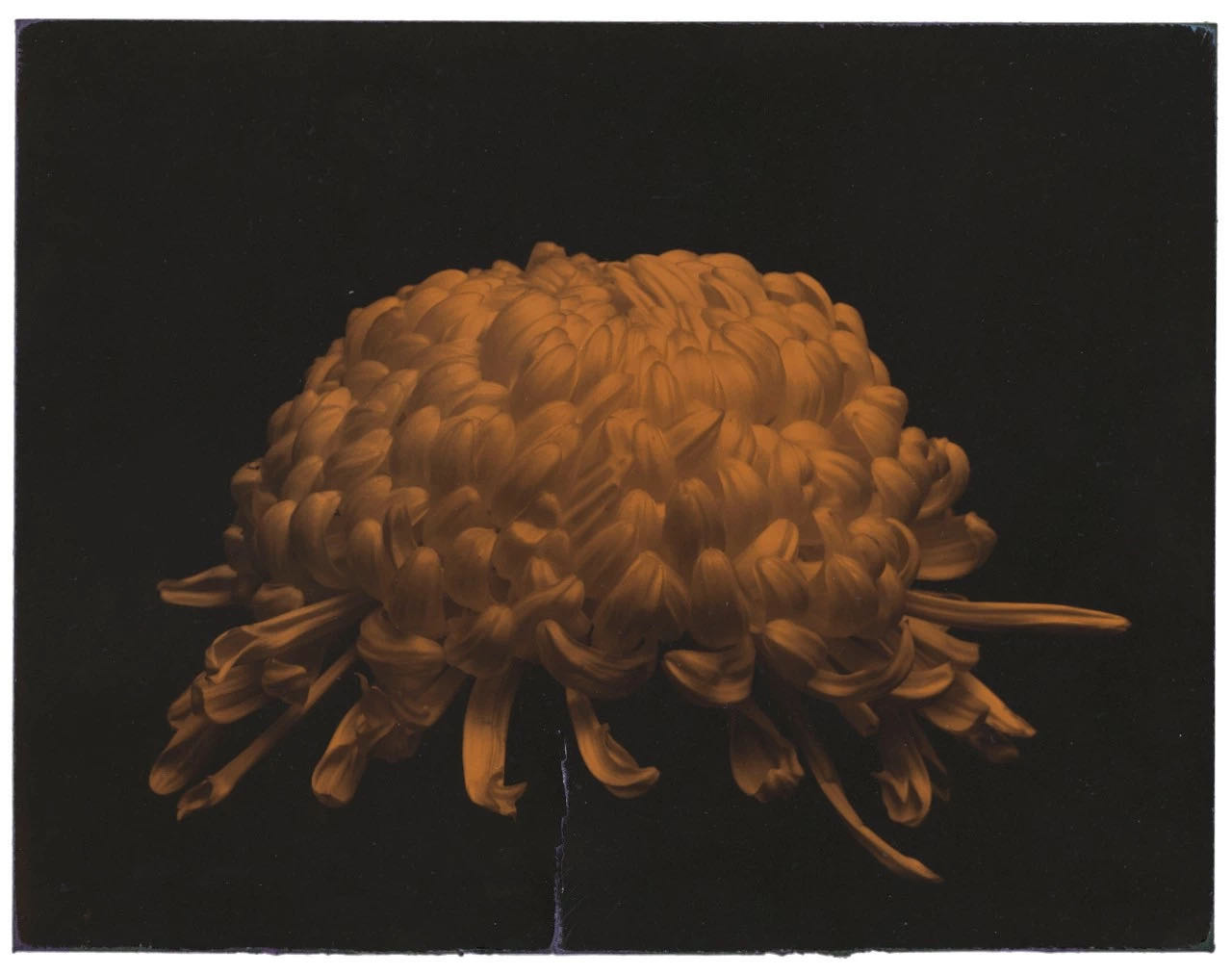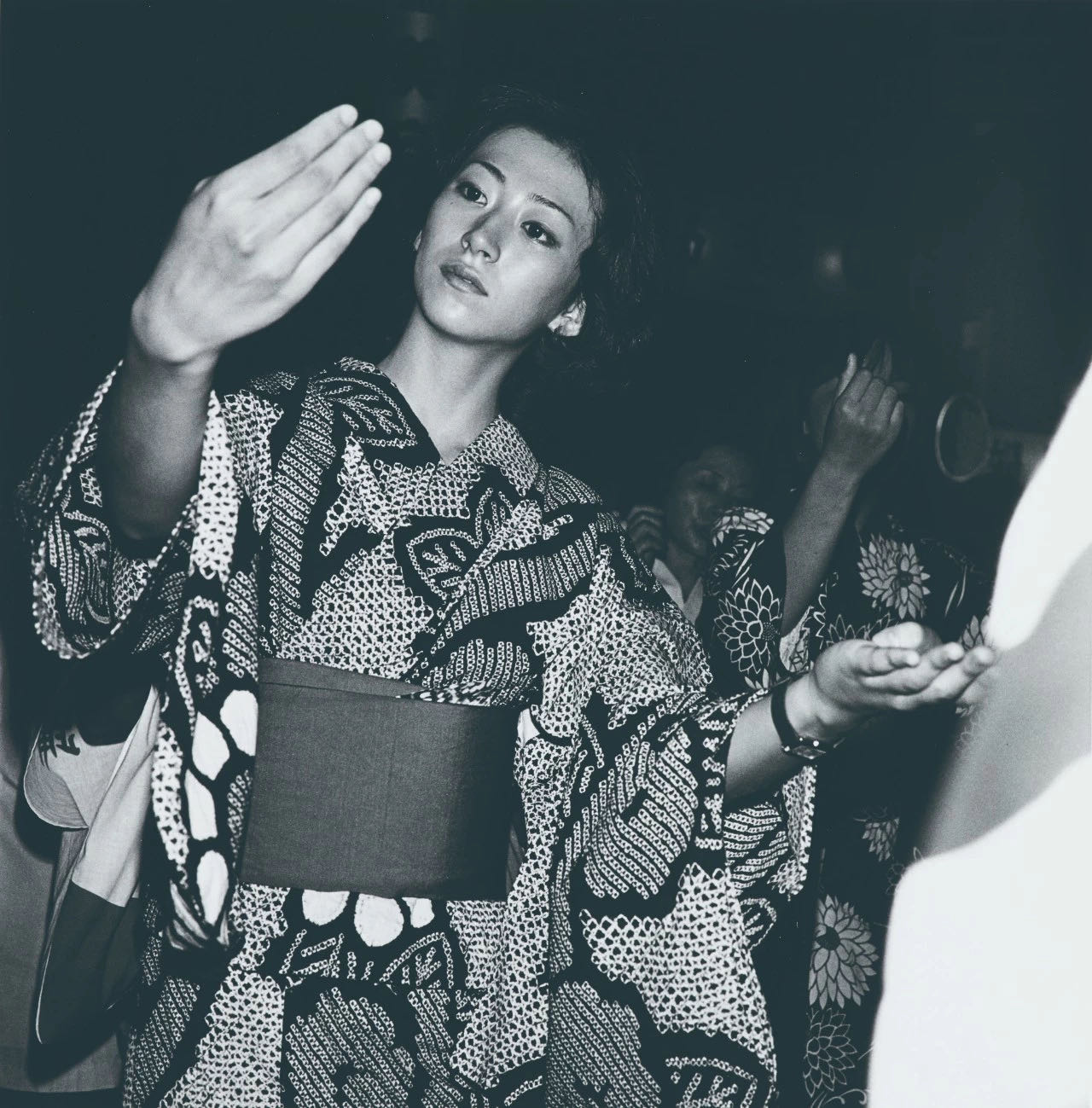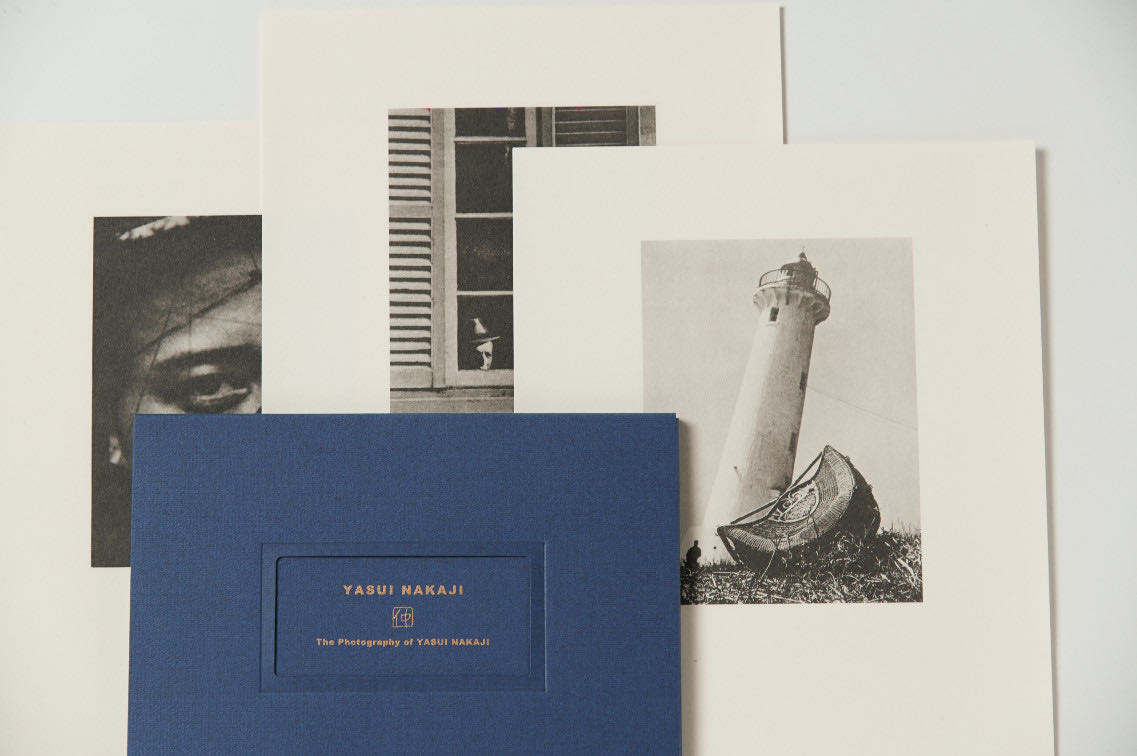2020|Japanese Photography and the Collotype Exhibition

Three Shadows Photography Art Centre is delighted to present the exhibition “Japanese Photography and the Collotype” together with Benrido. The exhibition brings together 38 different collotype prints by four outstanding Japanese artists: Masahisa Fukase, Masao Yamamoto, Issei Suda, and Yasui Nakaji, all produced and provided by Benrido. Collotype is a printing technique invented in Germany in 1869. It is regarded as an ideal way to reproduce artworks due to the fact that it integrates photographic and lithographic printing technology, clearly representing the tones and the effect of the source material. Collotype printing technology was introduced to Japan at the end of the 19th century and has been studied and developed there ever since. However, with the rapid onset of various new technologies, the collotype began to fade from the public’s eye, particularly after 1970. At present, only three places in the world – China, Japan, and Germany – retain this technique.
Founded in 1887 in Kyoto, Benrido has specialized in advanced collotype printing technology from 1905. With the aim of preserving and developing the traditional technology, it has produced more than 2,500 items of nationally treasured art from Japan. As the last color collotype printing process company in the world, Benrido also provides artists with the opportunity to collaborate with masters in the field in the hope of introducing this ancient and precious technique to the public once again. | |
 Masahisa Fukase, Yasui Nakaji | Masahisa Fukase Born on February 25, 1934, in Hokkaido, Masahisa Fukase has long been among the most renowned Japanese photographers. In the 1970s, together with Eikoh Hosoe, Daido Moriyama, and others, he set up the seminal Workshop Photography School and became an important figure in Japan's postwar photography landscape. His representative works include “Solitude of Ravens,” “Yoko,” “Memories of Father,” and “The Family.” “Raven Scenes” are color photographs taken at the same time during “Ravens”. The artist interpreted the work as follows: “I was previously surprised by the bird’s glowing eyes in 'Ravens 3' which was published in the January issue of Camera Mainichi in 1978, but this time with the colour photographs, I was surprised by the colour of the sky. Whilst shooting in Kanazawa I had to increase the ASA from 200 to 1600 and due to the light coming from behind, as well as the rainy and cloudy weather, the sky’s colour became strange and could not be predicted such as grey, green, light blue and so on. The Ravens' eyes glow brighter when they are captured from a further distance with telephoto lens and flashlights. I was about 30 to 50 meters away from them.” |
Masao Yamamoto Masao Yamamoto was born in 1957 and began to take photographs in the 1980s. He is known for his small-sized works, which illustrate how a tiny fragment can become part of a large reality. He blurs the boundary between photography and painting by coloring photographs with color or tea, sometimes tearing them apart in the process. Both his works and his personal lifestyle are imbued with Oriental philosophy and aesthetics. He has said: "I live, every day. I feel all the details around me and try to put them in the position for appreciation. Maybe this is the aesthetics of my life. Photography is a basic element of my life like eating and sleeping. I found the joy of life by searching for beauty inside of it.” |  |
 Issei Suda, Yatsuo Toyama from Minyo Sanga | Issei Suda Born in 1940, Issei Suda is regarded as one of the most underrated photographers by the Western world. Most of his works present daily scenes featuring travelers, sunflowers, old people and children. However, there is always something unique about his works that elevates them beyond the ordinary. As Kiyoji Otsuji once did, “There is always some kind of deviation in the woks of Issei Suda despite their common appearance.” |
Yasui Nakaji Yasui Nakaji was a Japanese photographer and a pioneer of realism in pre-war photography who regarded his camera as “his own life.” He experimented with many different styles of expression and technique, however, including dye printing in the 1930s, neorealism, structuralism, news reportage, surrealism, and even pure abstraction. From everyday life, Yasui Nakaji extracts powerful symbols. His work has influenced many Japanese postwar photographers. The Japanese documentary photography master Domon Ken considered him "the unparalleled pioneer. |  |
